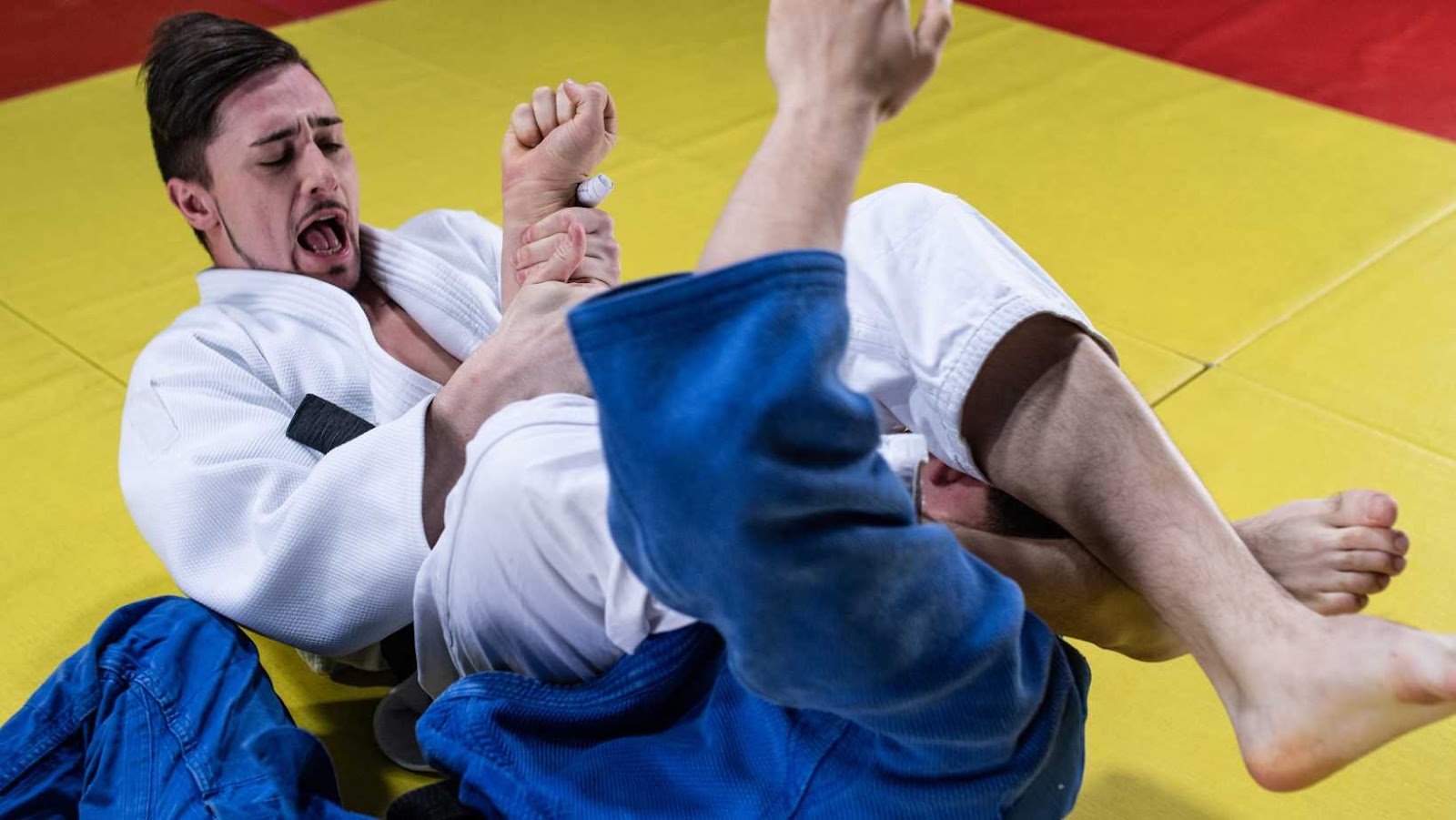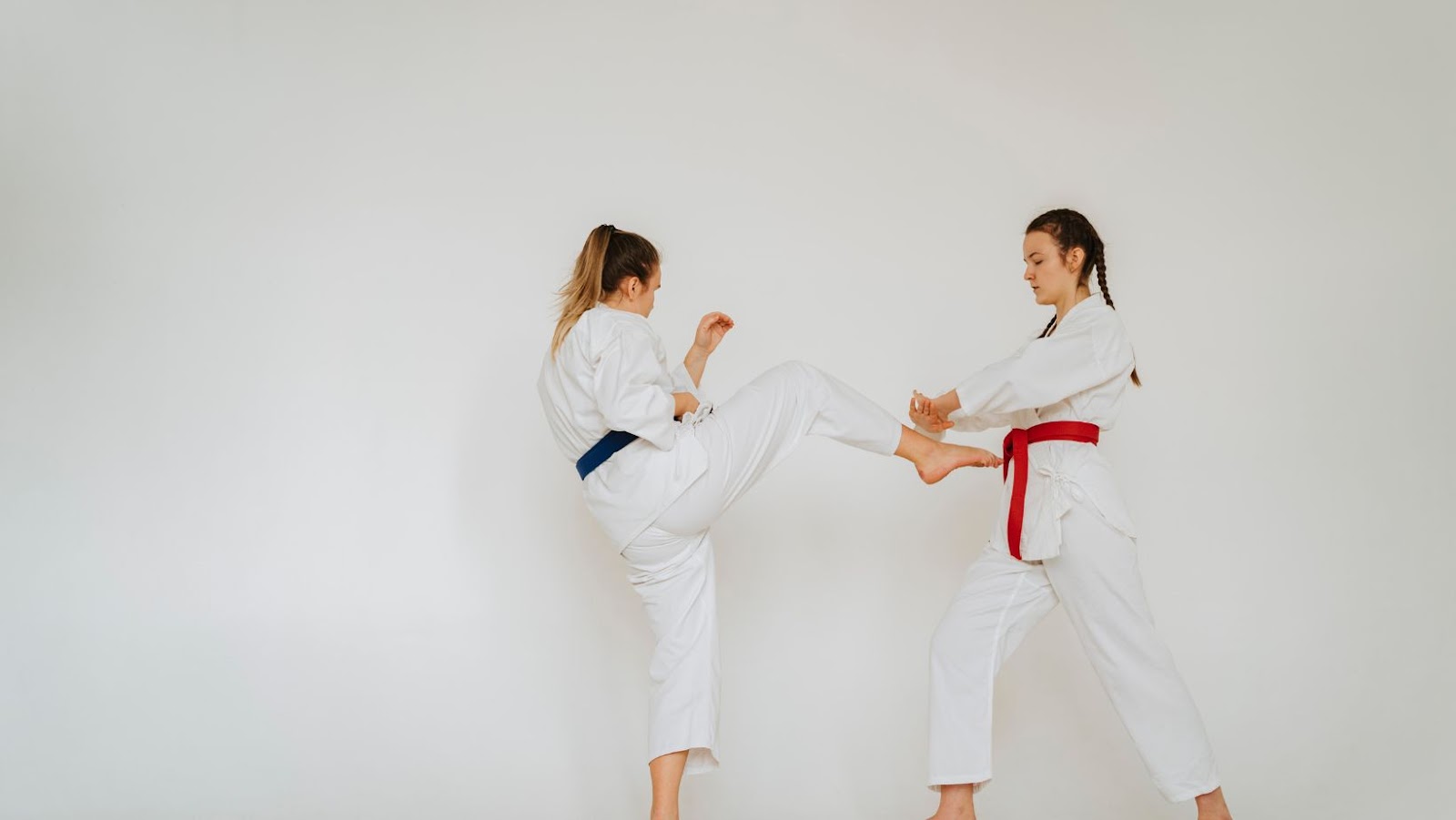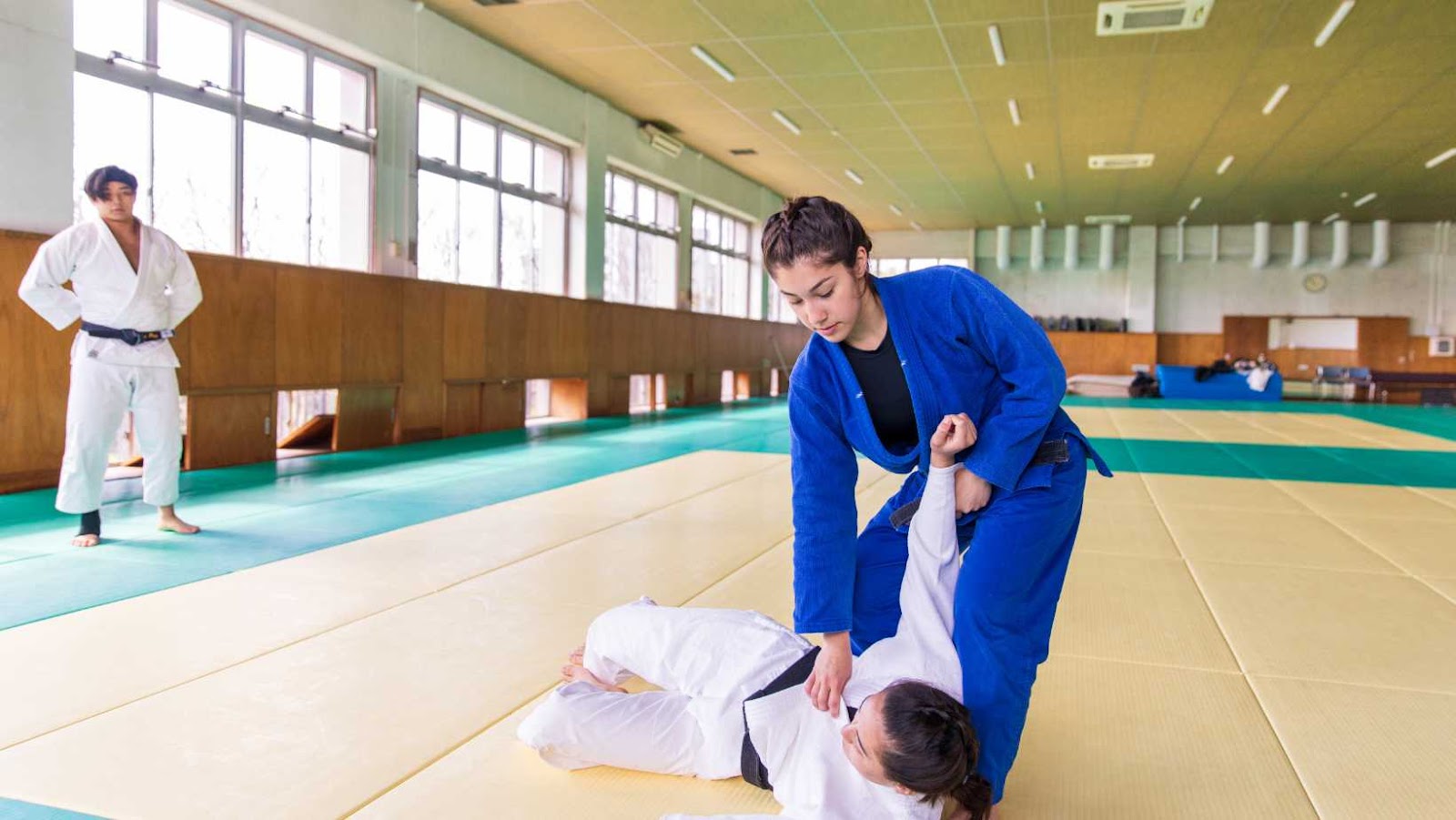You may be surprised to learn that scoring points in the Judo Olympics is not as complicated as you might think. In fact, it’s actually quite simple. Here are the basics of scoring points in the Judo Olympics.
How to Score Points in Judo Olympics
Judo is a sport that was created in Japan in 1882. It is an Olympic sport, and has been part of the Summer Olympics since 1964. Judo is a martial art, and a form of self-defense. It is also a combat sport, and a way to score points and win matches. In Judo, there are three ways to score points. The first way is to throw your opponent to the ground. This is called an ippon. An ippon scores you one point, and it wins you the match. The second way to score points in Judo is by holding your opponent down on the ground for 20 seconds. This is called an osaekomi-waza. An osaekomi-waza scores you two points. The third way to score points in Judo is by submitting your opponent with a choke hold or joint lock. This is called a shime-waza. A shime-waza scores you four points, and it also wins you the match.

The Different Ways to Score Points In Judo Olympics
Ippon, Waza-Ari, And Yuko.
Judo is a sport that has been in the Olympics since 1964. It is a combat sport that originated in Japan. The objective is to either throw or takedown an opponent to the ground, immobilize or subdue an opponent with a pin, or force an opponent to submit with a joint lock or a choke. Points can be awarded in two ways: either by scores given by the judges (ippon, waza-ari, and yuko) or through the accumulation of penalties for rule violations given to the opponents (shido). The competitor with the most points at the end of the match wins. If there is a tie, then the competitors go into overtime until one competitor scores a point or receives a penalty, thus winning the match.
- Ippon: Ippon is worth one point and can be awarded if an athlete scores either an ippon seoi nage (shoulder throw), ippon seoi otoshi (drop Seoi nage), tai otoshi (body drop), uchi mata (inner thigh throw), o goshi (hip throw), harai goshi (sweeping hip throw), sode tsuri komi goshi side lift pull ), de ashi barai (advancing foot sweep), ashi barai foot sweep ), kosoto gari small outer reap ), kosoto gake small outer hook ), kouchi gari smallinner reap ), kouchi gake small inner hook ), uchi mata sukashi , leg counter toHello theree uchi mata , ouchi gari large inner reap ), ouchi gake large inner hook. One way to score in Judo is by executing certain throws which are categorized as either major or minor throws, with major throws being worth more points.
- Waza-ari: Waza-ari is worth half a point and can be awarded if an athlete scores either a te waza chest throws ) techniques such as ippon seoi nage, tai otoshi, ouchi gari; Ashi waza leg techniques ) such as deashi barai, harai tsuri komi ashi; Koshi waza hip techniques ) such as uchi mata; and Sasae waza props ) techniques such as sasae tsuri komi ashi.
- Yuko: Yuko is worth less than half a point and can be awarded if an athlete scores te waza techniques such as morote seoi nage two handed shoulder throw ); Ashi waza leg techniques ) such as hiza Guruma knee wheel ); Ma sutemi waza sacrifice techniques ) such as Sutemi renraku turn over connect ); and Ku chi Gaeshi counter arm return ).
The Benefits of Scoring Points in Judo Olympics
Scoring points in Judo Olympics can help you climb the ranks and improve your chances of winning matches. If you can consistently score points, you’ll be able to put pressure on your opponents and force them to make mistakes. Here are some of the benefits of scoring points in Judo Olympics:
- You can control the pace of the match: When you’re scoring points, you’re dictating the pace of the match. Your opponent will have to react to your attacks, which can leave them open to counterattacks.
- You can tire out your opponent: Scoring points requires a lot of energy, and if you can keep up the pressure, your opponent will eventually tire out. This will give you a big advantage in the later stages of the match.
- You can force your opponent to make mistakes: If you’re constantly putting pressure on your opponent, they’ll eventually make mistakes. This can be crucial in winning matches, as even a small mistake can lead to a big point score.
The Importance Of Scoring Points In Judo Olympics
Judo is a widely popular sport that has been featured in the Olympic Games since 1964. The objective of the game is to score points against an opponent by throwing them or forcing them into submission. In order to score points, players must execute a specific set of moves called “waza.” There are four different ways to score points in judo:
- Ippon: Ippon is the highest form of scoring and can be achieved in two ways. The first way to score ippon is by throwing an opponent with such velocity and control that they land flat on their back. The second way to score ippon is by forcing an opponent into submission through a choke hold or joint lock. Either way, scoring ippon immediately ends the match and the player who achieved it is declared the winner.
- Waza-ari: Waza-ari is the second highest form of scoring and can be achieved in two ways as well. The first way to score waza-ari is by throwing an opponent with such velocity and control that they land on their side or stomach. The second way to score waza-ari is by forcing an opponent into submission through a choke hold or joint lock. Unlike ippon, however, waza-ari does not immediately end the match. If one player scores waza-ari, the match continues until either another player scores waza-ari or one minute has passed without either player scoring any more points. If at the end of that minute, both players have only scored waza-ari, then the match goes to ” Golden Score” rules (explained below).
- Yuko: Yuko is the third form of scoring and can only be achieved through throwing an opponent onto their back with control but without enough force to qualify for waza-ari. Yuko does not immediately end the match nor does it result in “Golden Score” rules being enacted; however, if one player has both a yuko and a waza-ari against their opponents, then that player automatically wins the match due to having a higher point total than their opponents.
- Koka: Koka is the lowest form of scoring and can only be achieved by forcing an opponent into submission through a choke hold or joint lock without enough control to qualify for waza-ari. Like yuko, Koka does not immediately end the match nor does it result in “Golden Score” rules being enacted; however, if one player has both a koka and a waza-ari against their opponents, then that player automatically wins due to having a higher point total than their opponents.

The Techniques of Scoring Points in Judo Olympics
To score points in the Judo Olympics, athletes must use a variety of techniques to throw, immobilize, or submission their opponents. The five main ways to score points are:
- Throwing (ippon): An athlete scores ippon if they throw their opponent onto their back with control and force. This move is also known as o sukomi and scores the highest amount of points possible.
- Immobilization (waza-ari): An athlete scores waza-ari if they immobilize their opponent using a pin or hold for 20 seconds. This move is also known as kesa-gatame and scores less than ippon.
- Submission (yuko): An athlete scores yuko if they force their opponent to submit using a chokehold or armlock. This move is also known as ude-gatame and jime and scores less than waza-ari.
- Penalty (hansoku-make): An athlete scores hansoku-make if their opponent is disqualified for breaking the rules. This can happen if an athlete commits an illegal move, uses excessive force, or displays unsportsmanlike conduct.
